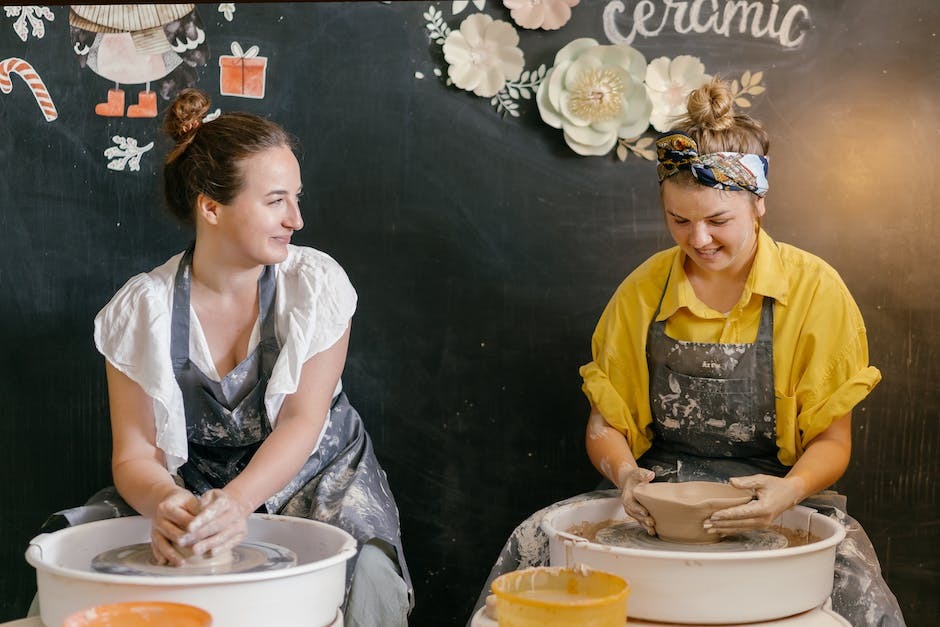
As our understanding of mental health treatment has evolved over the decades, so has the advent of specialized forms of treatment, such as art therapy. Mental health treatment doesn't mean just sitting in a white room and being bored. It's an active, engaging process designed to address what is causing an underlying mental health disorder or illness.
Many treatment centers, like Pathways Wellness Center, recognize the usefulness of having varied therapies as part of their treatment plans. It gives the individual the power to choose what therapies would be best suited for them. One of the most enjoyable forms of therapy that clients often participate in is art therapy.
Art therapy is a type of psychotherapy. Its goal is to encourage someone to express themselves freely through art. The art involved varies between treatment centers, as some forms of art need specialized equipment. Some example of more specialized art is pottery and clay sculpting, as they need kilns to fire finished pieces. The most common art forms used for art therapy are painting and drawing due to the ease and relatively low cost of supplies.
Sometimes art therapy can be used as a diagnostic tool and helps the therapist gain an understanding of their client. Other times it can be used to teach someone how to express powerful emotions safely and productively. Art therapy helps someone build confidence in themselves. Often, it unlocks a hidden passion, and many people find joy in art therapy, and will often continue making art long after treatment is finished.
Art therapists are clinicians with master's degrees (or higher) in art and therapy. They are certified to treat their clients and often specialize in specific age groups. An art therapist will work with their clients to find an art medium that speaks to them and encourages them to explore and experiment on their own.
Participating in art therapy isn't being made to paint or make the same thing as everyone else. It is not a class or something to be judged or graded. Art therapy is meant to be free and unique to each individual. The only limitations are what media is available. An art therapist may give someone a prompt to help give them a guide. Examples may include prompts such as “make a self-portrait on how you view yourself” or “paint how you feel when you are angry.”
Those in art therapy are also encouraged to channel negative emotions and feelings into a passion for their craft. Learning how to regulate and express emotions and feelings healthily is an important life skill that many people don't have the opportunity to learn. Working through your anger by kneading heavy clay or learning how to focus by making a bead pattern are all examples of learning life skills through art.
The important thing to remember is that you don't have to be “good” at art to utilize art therapy. What matters is the choices a person makes. Specific colors or how thick you make your lines can reveal aspects of yourself that you may not have realized, but a trained art therapist can spot. These are all subconscious choices and don't reflect a person's skill or talent. The point of art therapy is the freedom to express yourself without fear of judgment or ridicule.
If you struggle with your words or don't know how to explain how you are feeling, don't fret. Anyone can communicate through art therapy. Even those who are blind can participate in art therapy by using textures and surfaces to convey their feelings. A skilled therapist will be able to understand what you are trying to say without having to say a single word. It's why it's so effective to help children, who otherwise lack the worldly maturity or vocabulary to fully explain how they are feeling.
It gives a voice to those who feel as though they are being ignored. In society, expressing emotions like sadness or anger is often discouraged. Being allowed to express these feelings appropriately can sometimes be cathartic, bringing much-needed relief.
As a note, it's important to understand that you can participate in mental health treatment and still be an artist. The idea that an artist needs to struggle to produce meaningful art is inherently harmful. As a rebuttal, consider one of the greatest paintings of our age, Starry Night by Vincent van Gogh. The inspiration for this came from the view from Vincent's window in his room in the Saint-Paul asylum, where he sought treatment for his depression.
Anyone can benefit from art therapy. If you are interested in it, it's important to ask if a mental health care facility offers it before becoming a client. This is because art therapists are specialized providers. However, with the positive results and popularity of art therapy, it's becoming more commonly offered.
If you or someone you love needs help with your mental health, reach out right away. You can start by contacting your local mental health care facilities. Facilities like Pathways Wellness Center not only have a number to call but also feature a web form for those who are hearing or speaking impaired.
When someone struggles with their mental health, finding a healthy outlet for their emotions can be hard. It can be especially hard when there are feelings of anger or sadness, which are often viewed as “bad” emotions in society. However, these emotions are valid. When they are expressed healthily, they can be cathartic and even therapeutic. Here at Pathways Wellness Center in Azusa and Glendora, California, we understand that learning to process our emotions is an important part of recovery. As a result, we offer our clients several forms of therapy to help them learn how to turn pain into healing, one of which is called art therapy. If you or someone you love is struggling, call (888) 771-0966 today.


